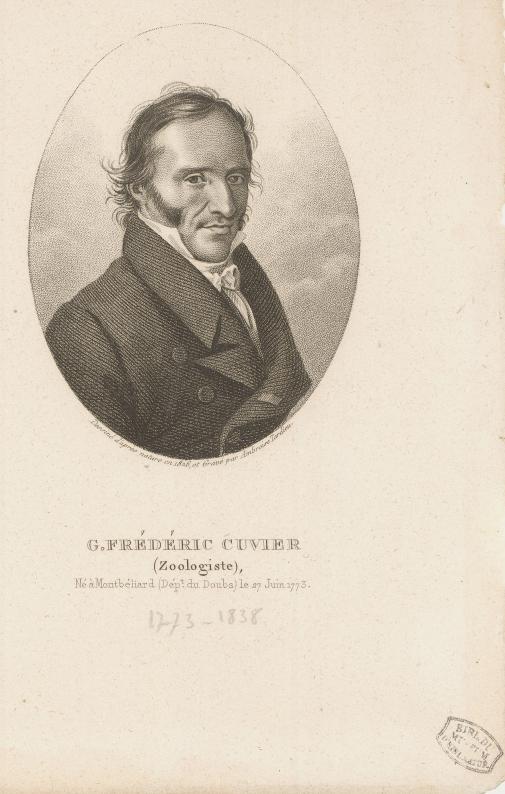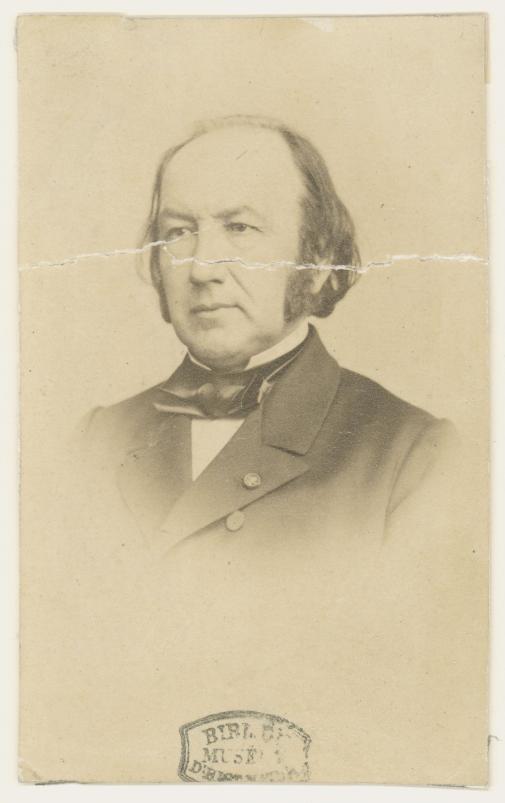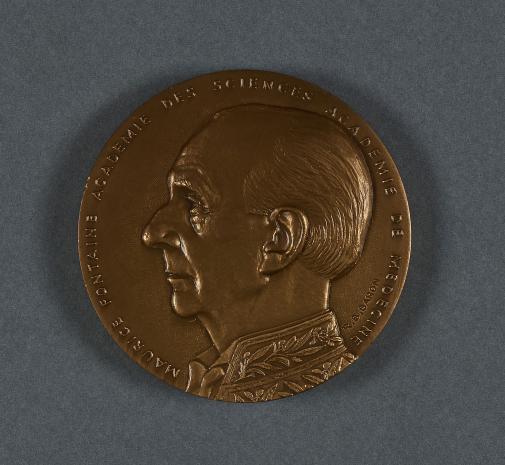A short history of the Muséum’s Physiology Laboratory
The National Natural History Museum (Muséum National d’Histoire Naturelle) in Paris has been a public research institution for over three centuries. During this period between 20 and 30 different laboratories have studied a wide range of disciplines in the natural sciences from geology and mineralogy, palaeontology, systematics, botany, zoology through to more experimental research-based fields such as chemistry of natural substances, biophysics and physiology.
The Physiology Laboratory in the Muséum was in fact the first French Physiology laboratory. It was founded in 1837 by Fréderic Cuvier (whose brother was the famous geologist and paleontologist). Fréderic Cuvier directed the laboratory for 30 years and was also director of the “menagerie”, possibly the first zoo in the world, in which the laboratory is located. Fréderic Cuvier pioneered studies in animal intelligence, reporting a number of original findings well ahead of others in this field.

Cote PO 249
Tardieu, Portrait de G. Frédéric Cuvier, s.d, gravure d'après dessin, cote PO 249 © Muséum national d’histoire naturelle
His successor was Marie-Jean-Pierre Flourens who is known for having identified the role of the brain stem in controlling respiration.

Cote : PO 1273
Gravé par Auguste Charles Lemoine d'après une photographie de Disdéri, Portrait de Pierre Flourens, XIXème siècle, gravure d'après une photographie, cote PO 1273
However, the next holder of the chair of Physiology was by far the most illustrious: Claude Bernard, often referred to as the father of experimental medicine and physiology. Claude Bernard famously defined the importance of the stability of the internal body fluids (la stabilité du milieu intérieur), a concept that was later taken up as the basis of Walter Cannon’s concept of homeostasis. Claude Bernard held chairs both in the Sorbonne and the Muséum. Under his direction in 1868, the laboratory was renamed ‘Laboratory of Comparative phsyiology’. Moreover, it was in the Muséum that he gave his famous lectures on ‘Phenomena of life shared by animals and plants’, a vision of the unity of biology that was revolutionary for its time.

Cote : Po 768
Anonyme, Portrait de Claude Bernard, s.d, photographie, cote PO 768 © Muséum national d’histoire naturelle
In the 20th century the laboratory under a series of different directors carried out research in the fields of respiration and neuro-physiology. It was Maurice Fontaine, who became director in 1943 that initiated the laboratory’s interest in comparative endocrinology. Using models that emphasised adaptations to extreme or changing environments (salmonid reproductive migration, mammalian hibernation) he pioneered the use of comparative physiology to better understand and enlighten the principles of general physiology. Indeed, comparative physiology is not simply a matter of studying the physiology of different species, but rather involves the choice of a given species to best analyse and study a given physiological process. It is logically linked to a number of other subdomains of physiology including eco-physiology and evolutionary physiology. The laboratory’s current research, evolution of endocrine regulations, is an illustration of this latter field.
Note that is was under the direction of Maurice Fontaine (1943-1976) that the laboratory was first associated with the CNRS. The association to the CNRS is maintained to this day under its current title (UMR7221, Molecular Physiology and Adaption). In the Museum, the UMR7221 belongs to the department “Adaption”.

Médaille Maurice Fontaine

